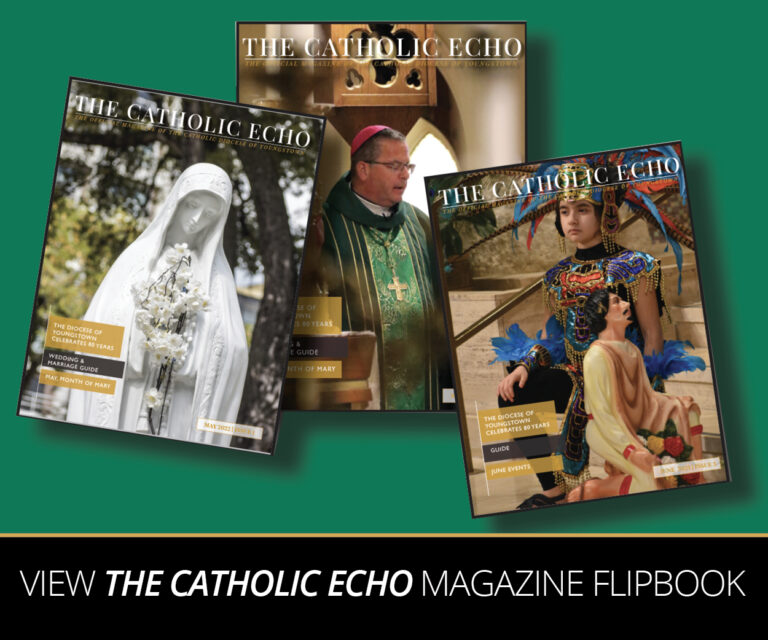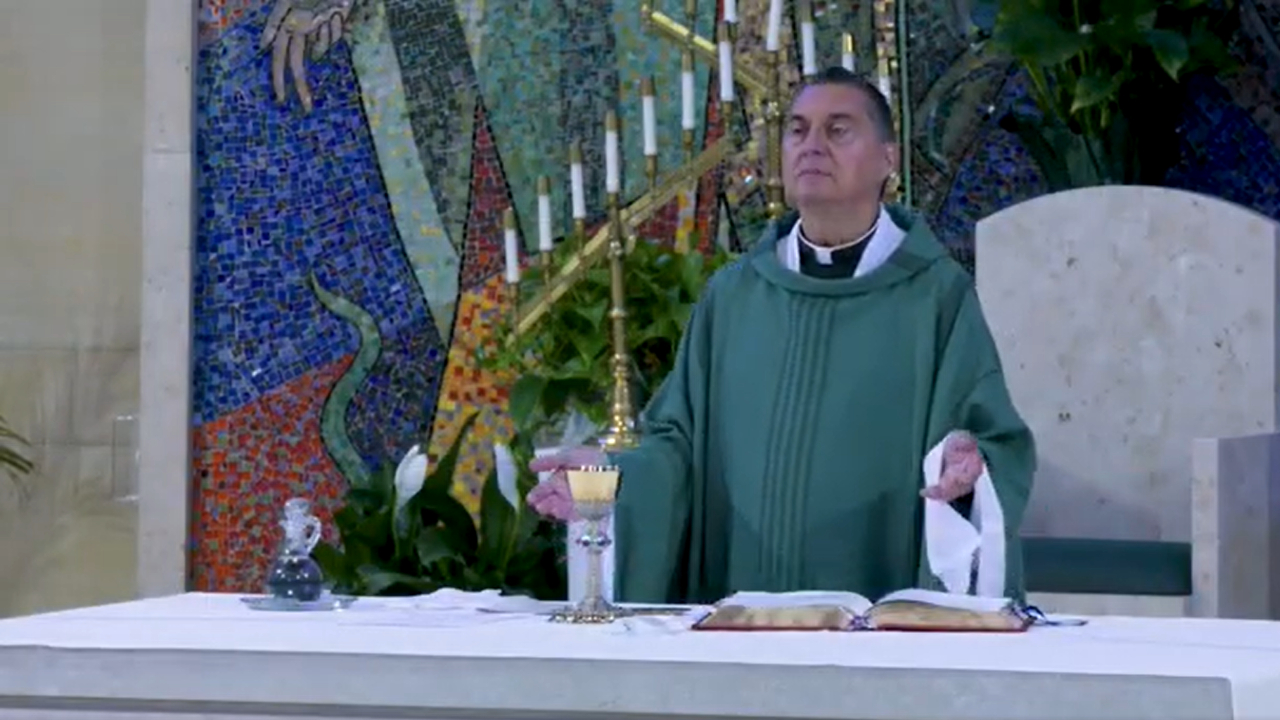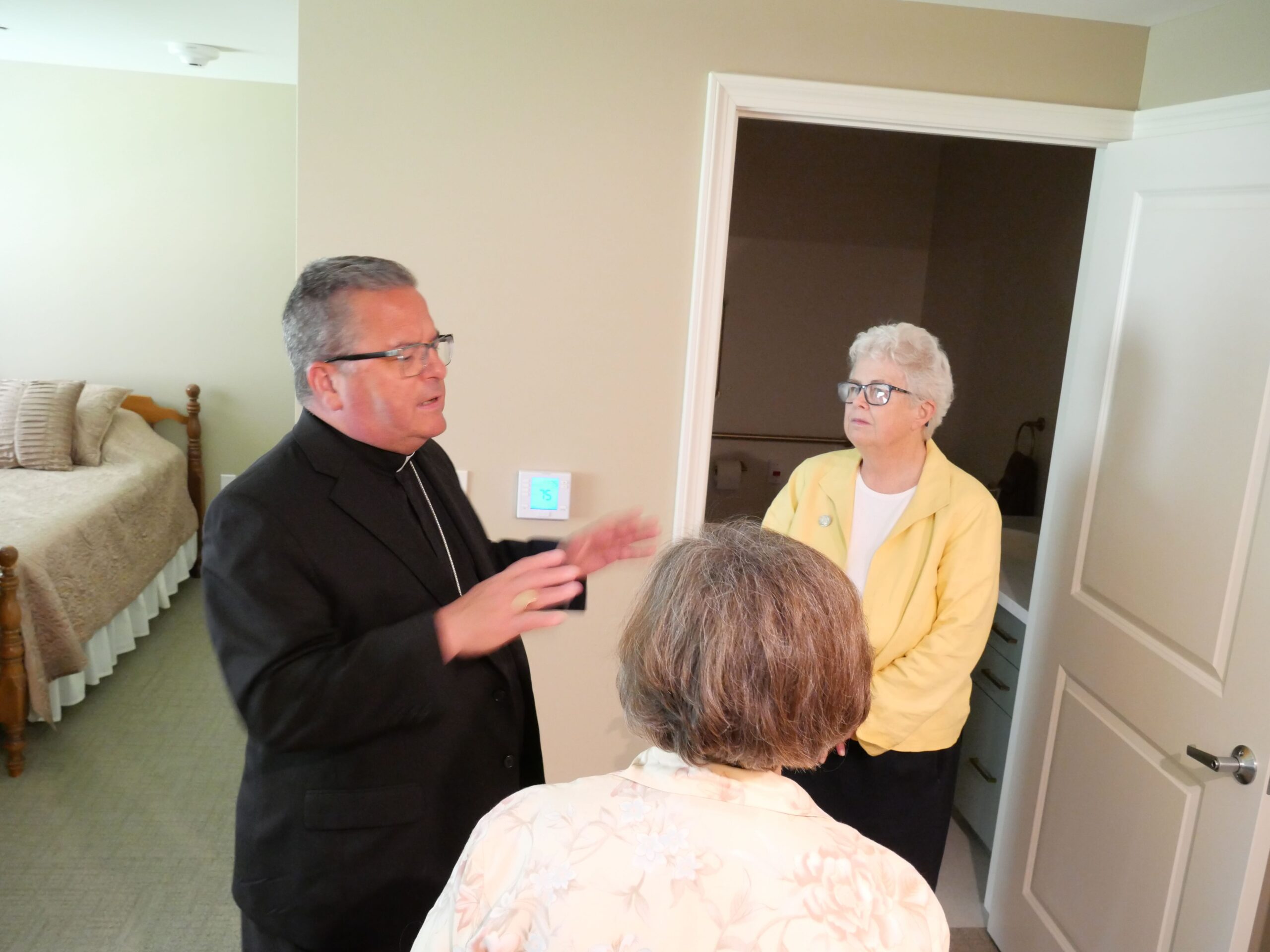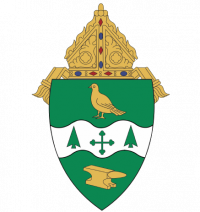
In the Catholic liturgy, each year on August 6, we celebrate the unique biblical event pertaining to Jesus known as The Transfiguration. The venue of this unusual occurrence is traditionally recognized as Mount Tabor, in Northern Israel, about six miles east of Nazareth. Assembled there that day was a curious, world-famous cast of spiritual personalities, which would challenge one’s imagination: Jesus, apostles Peter, James and John, the millennium-old Moses (Israel’s greatest lawyer), and the notorious prophet, Elijah.
The three synoptic Gospels (Matthew 17:1-10, Mark 9:1-9, Luke 9:28-36) tell this story. Jesus and the three apostles went to the nearby mountain to pray. After a while, the apostles dozed off into a deep sleep. Eventually they awoke, to see the face of Jesus—and even His garments—brightly glowing with light and beauty. They also saw Moses and Elijah, standing with Jesus and talking with Him about His coming death.
Peter, overwhelmed with awe, proposed they make tents for Jesus, Moses and Elijah and stay there. The apostles then became frightened when a low-hanging cloud overshadowed them. A voice out of the cloud declared, “This is my beloved son in whom I am well pleased, hear Him.”
Here, we can imagine the apostles looked at each other with a collective shrug of the shoulders—what is this all about? Yet they bowed their heads in reverence.
The ominous voice subsided. The two mystic visitors faded into the cloud. Silence prevailed. Finally, the dismayed apostles dared to look up, to see only Jesus. He told them not to be afraid.
On the pathway down the mountain, Jesus cautioned them to not speak about what they saw until He rises from the dead. They honored His request to keep this mountain experience to themselves, but they wondered what He meant by “rising from the dead.”
Pensive Reflection
The Transfiguration story is an inspiring, faith-empowered account, with various interpretations and sparking limitless imagination.
Since Mount Tabor is close to Nazareth, we can envision Jesus climbing that mountain, perhaps many times, during his youth, where the mountain may have served as His private retreat. There, He could pray, plan and prepare His message to the world—and personally validate His courageous resolve to suffer, die and rise.
The mystical presence of Moses and Elijah is an endorsement for Jesus to extend their religious teachings, which they promoted in centuries past. Here, they give full approval of Jesus to further their wisdom, as they symbolically pass the blessed baton of enduring faith to the most qualified divine athlete of all time, so that He may carry their precious messages to the finish line and ultimate victory.
The three apostles would recall the glory of that day of transfiguration, when Jesus later asks them to pray with him in the garden of Gethsemane. Soon thereafter, they will understand those words Jesus spoke to them about “rising from the dead.”
A Biblical Theophany
The Transfiguration is a type of interaction or encounter of God with human beings known as a theophany. Other well-known biblical theophanies include Moses’ encounter on Mount Sinai, where he received the Ten Commandments (Exodus 19:2ff) and Elijah’s encounter on Mount Horeb, where he experienced God’s calm gentle breeze (1 Kings 19:11-12).
The eminent Scripture scholar Father John L. McKinzie, S.J., speaks of the Transfiguration: “The tremendous and mysterious content of this revelation is so overpowering that it can be described only in the symbolism of ecstasy and vision.” The Gospel itself says the Transfiguration was a vision in Matthew 17:9.
The Transfiguration story is told as a revelation of Scripture. There is, however, a similar story from another revelation—one which existed millions of years before Scripture was ever written. It is the revelation of nature. So now, from the maple tree, hear this parable.

The Parable of the Maple Tree
When the maple tree’s leaves are young, tender and beginning to expand, you know that summer is near. The sun will linger a minute or two longer each day with heavenly gifts of light and warmth. The maple tree will then produce an abundance of chlorophyll to fill its 100,000 leaves with a healthy green cover, to disguise their natural multi-colors. With trees, as with people, there is a time for every season. There is a time to say hello and a time to say good-bye. When the robins begin to leave and the sun sleeps a bit longer, then you will know it is time for the maple tree to remove the green mask from every leaf. The bright red, orange and golden pigments will manifest themselves because those innate colors were always there, hidden beneath the leafy green.
Explanation of the Parable
The Transfiguration of Jesus is like the maple tree. He lived his inner life, glowing with brilliant light, grace and glory—most fitting it was for the Son of God. He chose to hide his shining divinity beneath His human skin. Jesus knew there was a time for everything; a time to walk on the water and a time to carry a cross. When shouts of rejection against Him grew louder, the season for His fulfillment grew nearer: passion, death and resurrection. Thus, for one brief moment on Mount Tabor, with trusted spiritual leaders of the past and the leaders of the future in attendance, He withdrew His disguise to allow His life-long qualities of divine magnificence, light and glory, to manifest themselves.
Teachable Truths
The Transfiguration tells us to give our best efforts to build up our inner grace and goodness. Although it is natural to always try to be physically attractive, sometimes we can carry that desire to extremes. St. Pope John XXIII often noted he was not especially good looking, but then he said he was not in a beauty contest. The real person lives within, as Jesus shows.
The Transfiguration tells us to acknowledge the seasons in which we are living. Youthfulness is a blessing, but so is graceful aging. When we move into another season of life, we may try to return to what we once were. It is much more exciting to challenge ourselves by being spiritually transformed into what we have never been.
The prefix “trans” means across or over. The Lord Jesus leads the way of transfiguration, transformation, transcending, to cross over to the other side, to the last of life for which the first was made.
About 40 years ago, I visited Mount Tabor, and ever since, I continue to have a lasting appreciation of that truly uplifting religious experience. Once upon a mountain, the venerable old Mount Tabor was honored to welcome the greatest of divinity and humanity for a glorious spiritual rendezvous. Today, it is still a magnet that draws pilgrims of faith to its summit to pray, remember and appreciate what once was seen there—a type of preview of the Beatific Vision.









